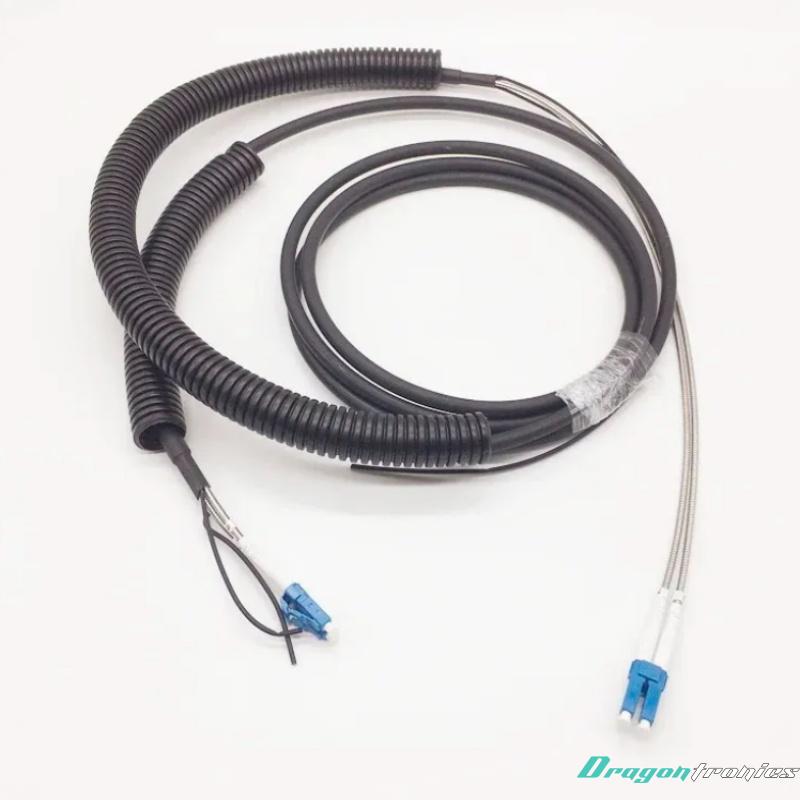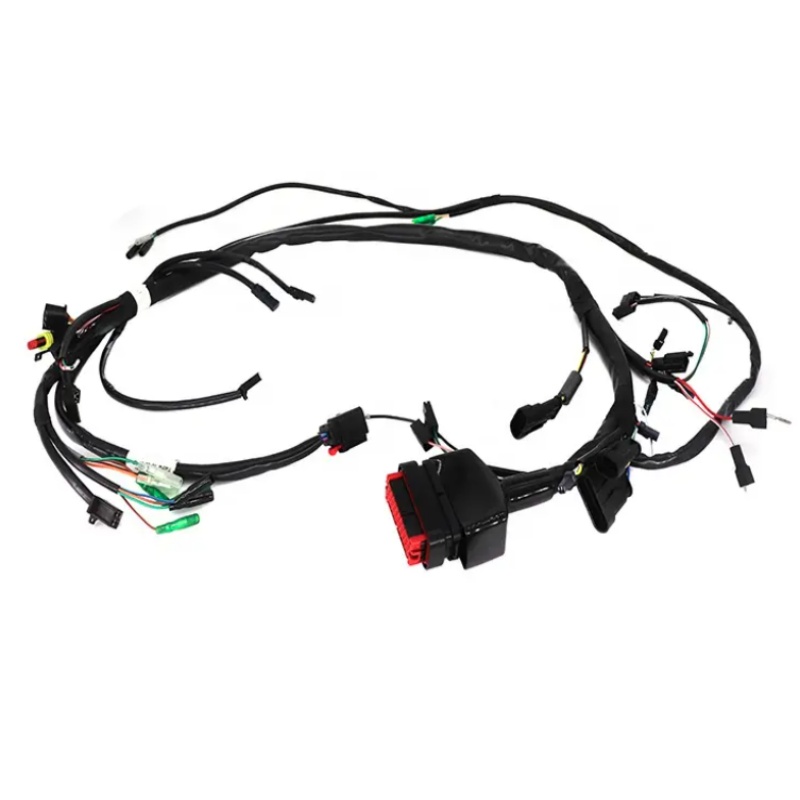Customized Cable Assembly
Fiber optic cable assembly anti rat bite field optical cable
- Product description: Fiber optic cable assembly anti rat bite field optical cable
An optic cable assembly refers to a pre-assembled set of optical fibers and associated connectors or hardware used for transmitting data via light signals. It's a complete unit designed to carry data over long distances with minimal loss and interference, commonly used in telecommunications, networking, and data transmission systems.
Here’s what it typically includes:
1. Optical Fibers: These are the core components of the assembly. They are made from glass or plastic and are designed to transmit light signals. The fibers themselves come in two types:
o Single-mode fiber: Used for long-distance communication, allowing light to travel straight down the fiber.
o Multimode fiber: Used for shorter distances, allowing multiple modes (paths) for light to travel within the fiber.
2. Connectors: These are the ends of the optical fibers that are terminated with a connector (such as SC, LC, ST, MTP/MPO, etc.) to interface with other optical devices or equipment.
3. Cable Jacket: The outer protective layer that helps shield the optical fibers from physical damage and environmental factors like moisture or chemicals.
4. Strength Members: These are materials (e.g., aramid yarn, fiberglass) used within the cable to provide structural strength and prevent the fibers from being stretched or broken.
5. Fiber Optic Couplings: In some cases, the assembly may include adaptors or couplings that allow two cables to be joined or connected to equipment.
Optic cable assemblies are commonly used in:
· Data centers for high-speed data transmission.
· Telecommunications to enable high-capacity networks.
· Fiber to the Home (FTTH) for internet access.
The advantage of using optical fibers is their ability to transmit data over much longer distances and with higher bandwidth compared to traditional copper cables like Ethernet or coaxial cables.
Categories
Latest News
Contact Us
Contact: Fiona Wu
Phone: 86 - 173 28414 818
Tel:
Add: 20, Changtian Road, Hengli, Dongguan, Guangdong, 523852, China


 Lankecms
Lankecms lankecms
lankecms
 Lankecms
Lankecms